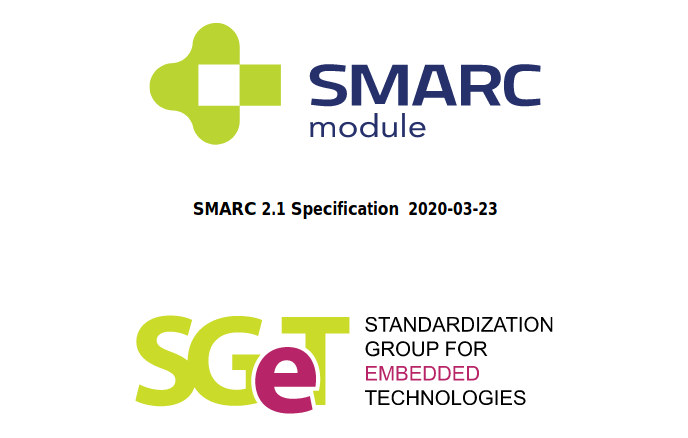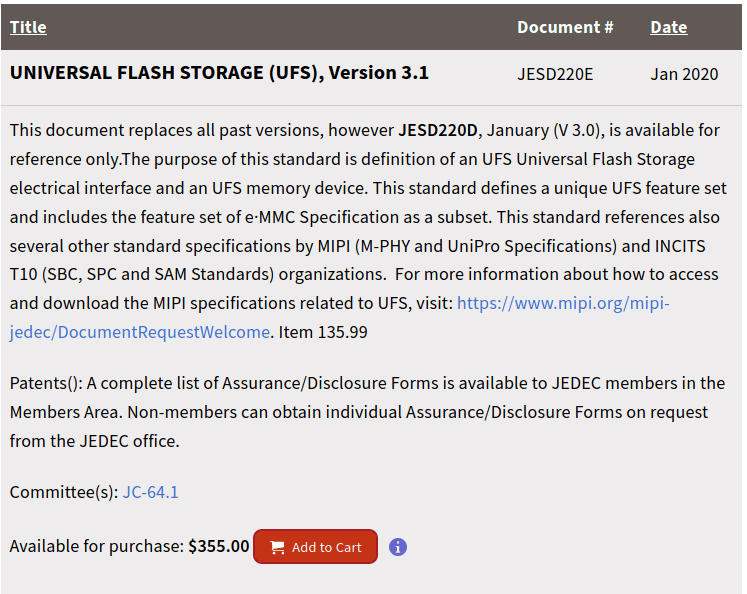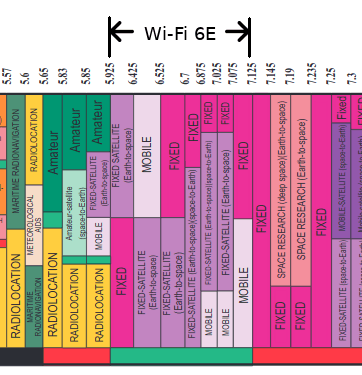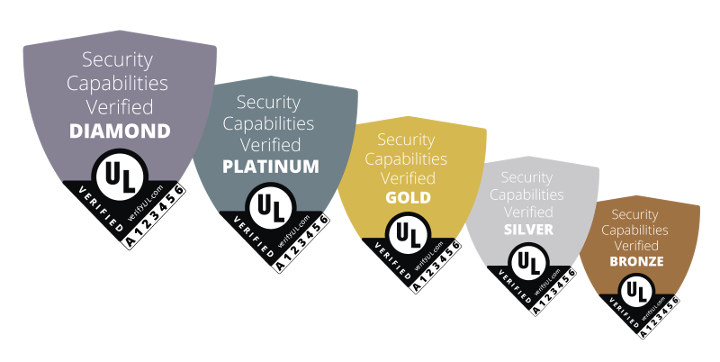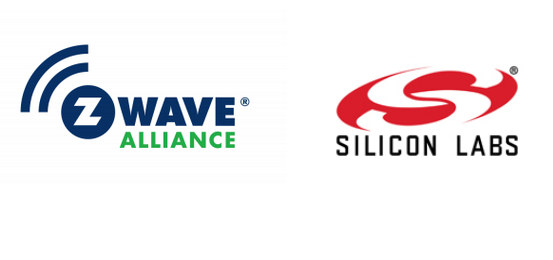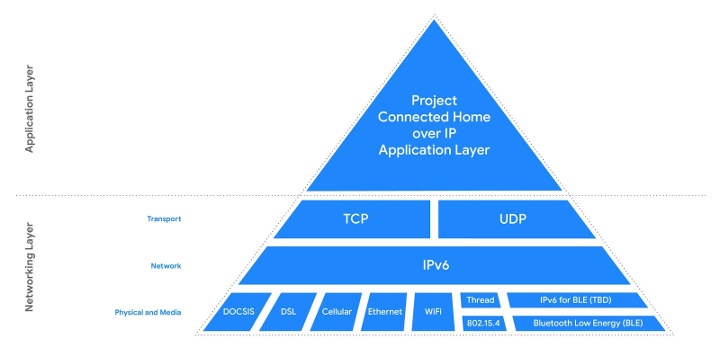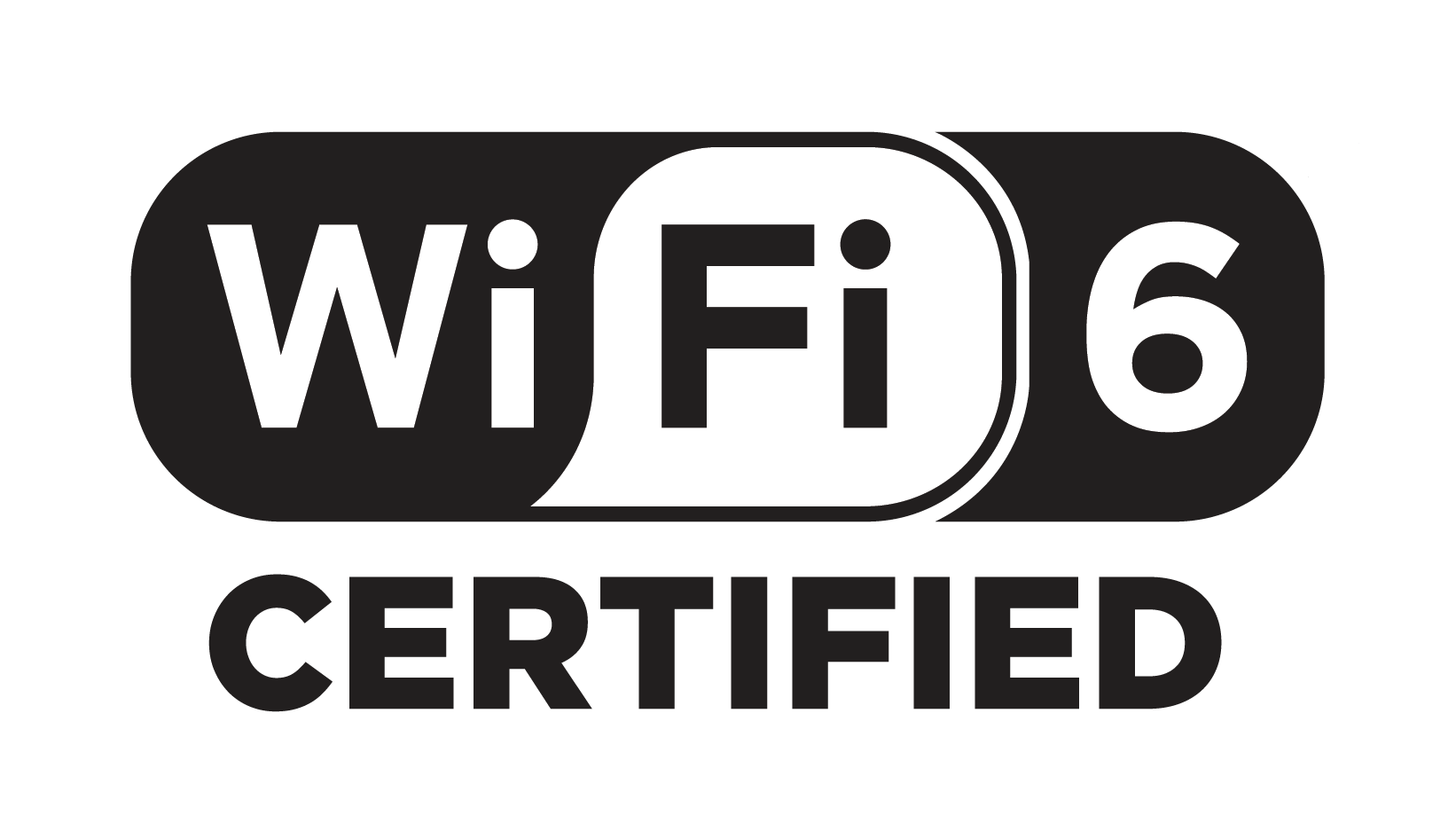There are plenty of standards for systems-on-module that are supposed to allow interoperability between vendors. For example vendor 1 may create a Qseven SoM that works with vendor 2’s Qseven compliant carrier board which should accept any Qseven compatible module, although in practice, there are always some small differences that may cause problems. Many of those standards are managed by SGET (Standardization Groups for Embedded Technologies) including SMARC (“Smart Mobility ARChitecture”), Qseven, and Embedded NUC. A recent post on ADLINK Technology alerted us of the publication of SMARC 2.1 hardware specification (PDF) with the following changes: Incorporated Errata 1.1 Rev. 2 (2/9/2017) Updated signal tables with pin number, power domain, termination information… Added details for eDP[0:1]_HPD Added SERDES as alternative function for PCIeC and PCIeD Added MDIO Interface Updated power domains and power sequencing Added two extra GPIOs PCIe Clock Request signals for PCIeA and PCIeBat at previous locations Changed […]
UFS 3.1 Storage Devices to Deliver Better Performance, Lower Power Consumption
JEDEC first introduced UFS 3.0 embedded flash in September 2017 with promises of 2.4GB/s transfer rates, and somehow this was bumped to 2.9GB/s (23.2 Gbps) when UFS 3.0 specification was published in January 2018. JEDEC has now published UFS 3.1 specification with the same theoretical performance, but some new features that should improve write performance, random read performance, as well as lower power consumption and costs. Precisely two documents are now available for purchase, unless you work for a JEDEC member, in which case those are free downloads: The Universal Flash Storage (UFS) version 3.1, JESD220E. An optional new companion standard, JESD220-3: UFS Host Performance Booster (HPB) Extension. The first defines three main improvements as part of UFS 3.1: Write Booster – an SLC non-volatile cache that amplifies write speed DeepSleep – a new UFS device low power state targeting lower-cost systems that share UFS voltage regulators with other functions […]
WiFI 6E Aims to Leverage 6 GHz Unlicensed Spectrum
If you live and/or work in an urban environment, you may have noticed 2.4GHz WiFi may not be so reliable as too many people are using the frequency leading to interference. 5 GHz WiFi is here to help, but with the Internet of Things more and more WiFi devices will come online in the next few years, and there won’t be enough capacity using 2.4 and 5 GHz. 60GHz WiFi (802.11ad/802.11ay) may not work for IoT since the signal would not go through walls. That’s why the Wi-Fi Alliance has introduced WiFi 6E, and upgrade of WiFi 6, that can leverage 6 GHz unlicensed spectrum and expand the bandwidth available for Wi-Fi. I’ve taken the US spectrum wall chart from 2016 to show where WiFi 6E would stand, and it looks pretty crowded to me with mobile, fixed and satellite applications using the 5.925 to 7.125 GHz spectrum to be […]
UL IoT Security Rating System Ranks IoT Devices Security from Bronze to Diamond
Underwriters Labs (UL) is better known for its electrical safety certification programs, but in 2016, the company introduced three UL 2900 IoT security standards that defined requirements of software cybersecurity for network-connectable products. Four years later, you may not have heard many products adhering to UL 2900, and Laurens van Oijen, IoT security solution leader at UL, recognizes that ” the UL 2900 set the bar too high for most consumer electronics/IoT companies” according to a report on CE Pro. So instead the company has launched the UL IoT Security Rating System last May with 5 levels of “security capabilities” ranking IoT devices and products with either Bronze, Silver, Gold, Platinum, or Diamond. Those certifications are aimed to help both manufacturers and developers to improve the security of their solutions, and help consumers make better purchase decisions by knowing the level of security of IoT products by just looking at […]
Z-Wave Open Standard to Enable Third-Party Z-Wave Silicon and Stack Suppliers
Roughly one year ago, Silicon Labs released a publicly available Z-Wave SDK and a Raspberry Pi 3 Image to make it easier to work with the wireless protocol targetting home automation. But Z-Wave specifications were still closed, which meant Z-Wave chips could only be purchased from Silicon Labs, a bit like LoRa chip can only be purchased from Semtech. The advantage of being closed is that you’re the only supplier, but this will limit market adoption, and customers may be wary of relying on a single partner for their long term plans. That must be why The Z-Wave Alliance and Silicon Labs have now decided to open Z-Wave specifications to Silicon and Stack suppliers. That paves the way to third-party software platforms and Z-Wave radios from some of the 700+ companies which are members of the Z-Wave Alliance. The Z-Wave specification release is scheduled for H2 2020, and will include […]
Project Connected Home over IP (CHIP) Working Group is Backed by Google, Apple, Amazon, and the Zigbee Alliance
Amazon, Apple, Google, and Zigbee Alliance have partnered to create Project Connected Home over IP (CHIP) working group aiming to develop a royalty-free, Smart Home standard to increase compatibility among products, and with security at the forefront. The new standard will be separate from Zigbee 3.0 / Pro, and Zigbee Alliance board member companies such IKEA, Legrand, NXP Semiconductors, Resideo, Samsung SmartThings, Schneider Electric, Signify (formerly Philips Lighting), Silicon Labs, Somfy, and Wulian will also join the CHIP working group and contribute to the project. The standard specified by Project Connected Home over IP will rely on existing technology from the networking layer including TCP/UDP transport protocol, IPv6 network and various physical & media standards such as WiFi, Ethernet, Bluetooth LE, Cellular, 802.15.4 and others. Instead, it will define what happens at the application layer level with the following points of focus: End-to-end data security and privacy among in-home and […]
Wi-Fi Certified 6 Program Available for Products based on Broadcom, Cypress, Intel, Marvell, and Qualcomm 802.11ax Chips
Last year the WiFi alliance introduces a new naming scheme for WiFi using numbers instead of IEEE standards so that WiFI 4 is 802.11n, WiFi 5 is 802.11ac, and WiFi 6 is the latest 802.11ax standard with data throughput up to 10 Gbps, and a better ability to manage high-density scenarios. Shortly after (November 2018) we also got news of the first WiFi 6 routers from ASUS and NETGEAR, but the WiFi alliance only just announced the launch of their Wi-Fi Certified 6 program that promises optimal interoperability and security. The program will make sure the following features are properly implemented: WPA3 WiFi security Orthogonal frequency division multiple access (OFDMA): effectively shares channels to increase network efficiency and lower latency for both uplink and downlink traffic in high demand environments Multi-user multiple input multiple output (MU-MIMO): allows more downlink data to be transferred at once and enables an access point […]
CDVA (Compact Descriptors for Video Analysis) Enable “Video Understanding”
One of the most popular applications of artificial intelligence is object detection where you have models capable of detecting objects or subjects being cats, dogs, cars, laptops, or other. As I discovered in a press release by Gyrfalcon, there’s something similar for videos called CDVA (Compact Descriptors for Video Analysis) that’s capable of analyzing the scene taking place, and describe it in a precise manner. The CDVA standard, aka MPEG ISO/IEC 15938-15, describes how video features can be extracted and stored as compact metadata for efficient matching and scalable search. Gyrfalcon published a press release, their Lightspeeur line of AI chips will adapt CDVA. You can get the technical details in that paper entitled “Compact Descriptors for Video Analysis: the Emerging MPEG Standard”. CDVA still relies on (CNN Convoluted Neural Network) but do so but extracting frames first, append a timestamp and the encoded CDVA descriptor to the video, which […]


